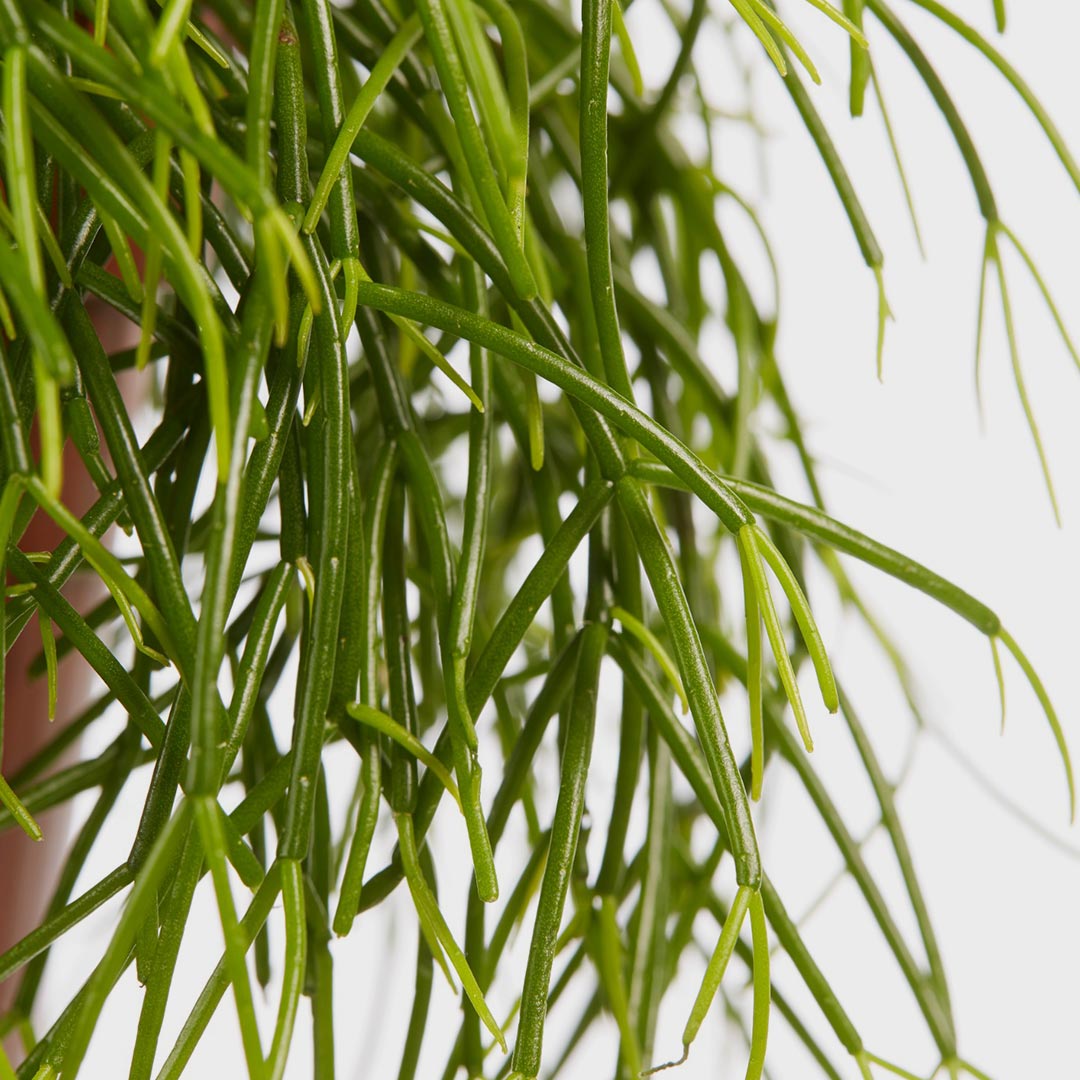
Deliver to
Luxembourg
 English
English

Just like taking care of the Rhipsalis, propagating the plant is very easy. However, it is useful to have a lot of patience with the Rhipsalis. Growth of the plant can take very long.
Supplies
First clean the knife you might be using.
Keep the knife under hot water and clean them well. This prevents you from unnecessarily transferring bacteria during the propagation.
Do you happen to have disinfectant or pure alcohol? Disinfect the tools after using hot water. Let's get away with those bacteria and fungi!
Cut of one or more leaves of the Rhipsalis plant. It is best to take a cutting of at least 10 cm.
Do you have a Rhipsalis with very wide and flat leaves? Then you can cut this leaf into several pieces.
Once you have taken cuttings it is best to let them dry. We recommend to let the cuttings dry for at least 3 days. Before the cuttings are placed to soil, it's best to let the wound close a little.
After drying you can place the cuttings in the soil. Give them little water, but don’t do this too often. The soil of the Rhipsalis cuttings may dry out completely between watering sessions.
After about one month, enough roots have developed. You can check this by carefully touching the cutting. Then you will notice that the cutting is actually stronger in it's pot. It is also possible that you already see growth of the cutting.
As soon as you see that new leaf growth is coming, you can remove the plastic bag from the cutting. However, we do recommend keeping the soil moist during the first months.